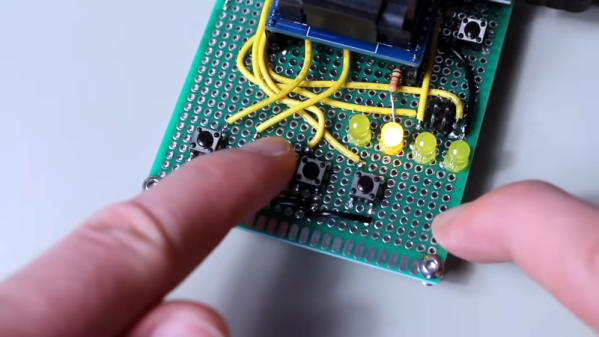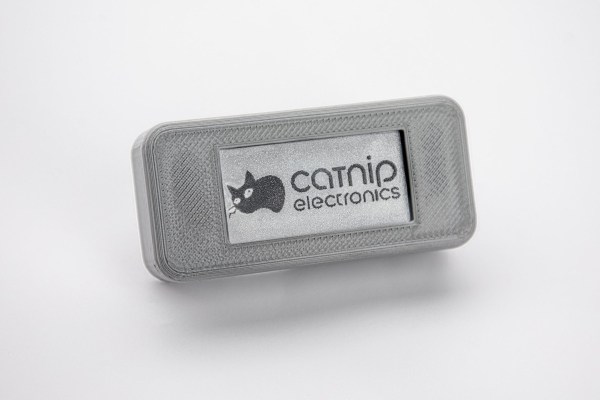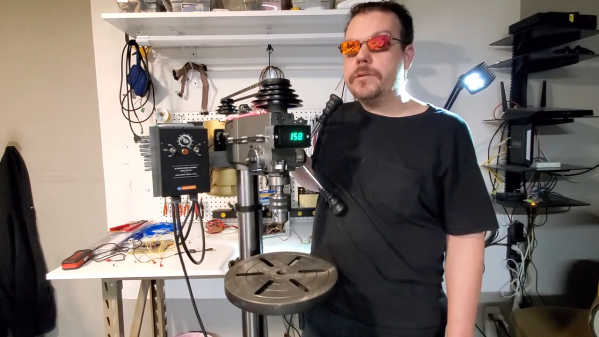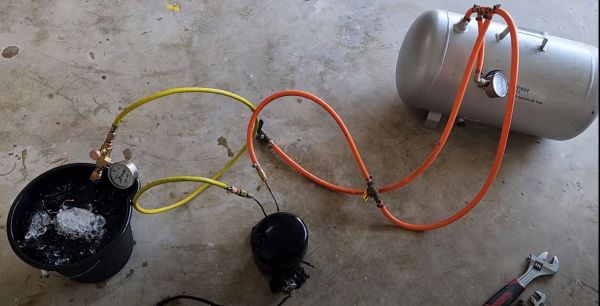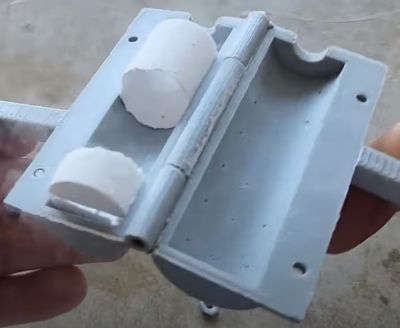If you were to name one of the most famous individual road cars in the world, what would it be? If you’re British and of a Certain Age, then it’s possible your nomination is for sale, because “The Beast”, the one-off creation of [John Dodd] using a 27-litre Rolls-Royce Merlin aero engine, is up for auction. The Late Brake Show’s [Jonny Smith] has given it a drive, and we’ve pasted the resulting video below the break.
A second-hand motor isn’t usual Hackaday fare, but it’s the manner of this car’s building which we think will draw you in. [John] originally acquired somebody’s failed project featuring not a Merlin but its de-tuned derivative intended for tanks. He solved the problem of finding a transmission able to handle the immense power, and built it up with a pretty 1970s coupe body. After a fire a few years later he commissioned a new body from a dragster manufacturer, which is the wildly period estate car you’ll see in the video. It famously originally had a Rolls-Royce Cars grille, for which he ended up in court in the 1980s as the carmaker sought successfully to have it removed.
The tale of this car is one of epic scale hackery, as there is quite simply nothing else like it. It was once the world’s most powerful road car, and remains capable of well over 200 miles per hour. Sadly we couldn’t afford to buy it even if we could fit its immense length in our parking space.
Hungry for more epic British car hackery? Have we got the roadster for you!
Continue reading “27 Litres And 12 Cylinders, With A Practical Station Wagon Body”


